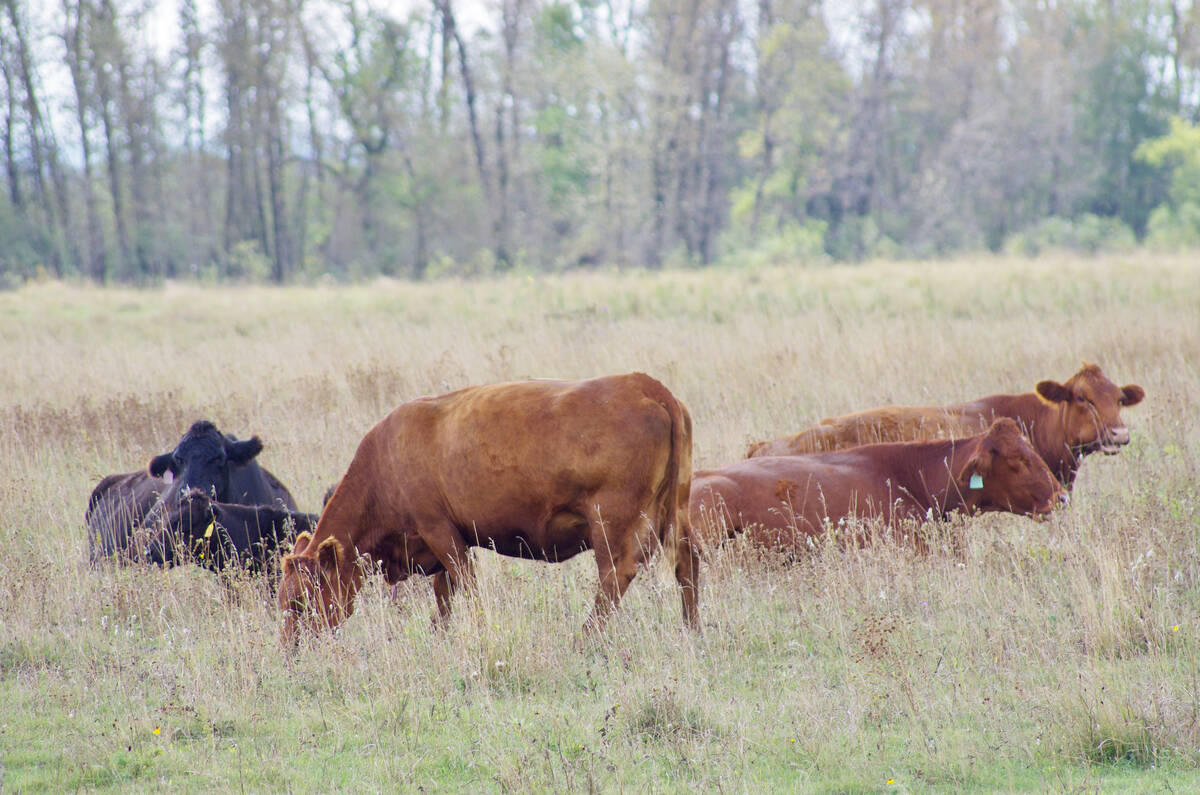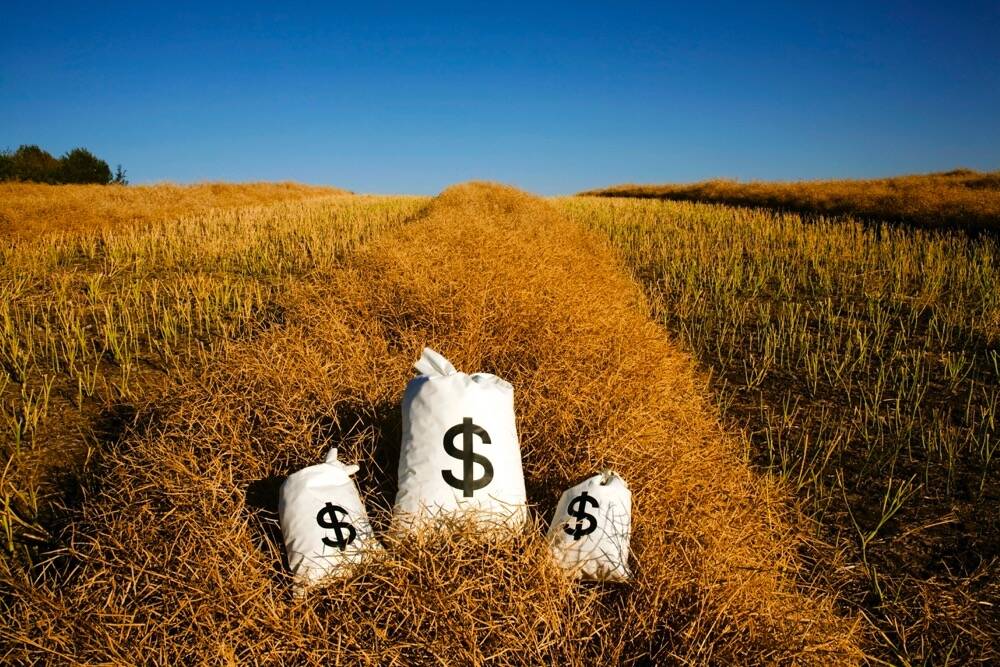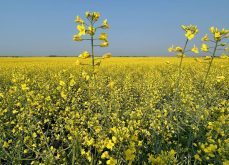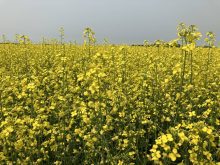Glacier FarmMedia | MarketsFarm — The outlook for canola futures on the Intercontinental Exchange appears to be on a downward slide, said Bill Craddock, a Manitoba-based trader and farmer.
“There must be more canola out there than what we think there is,” Craddock said, suggesting farmers are hauling it to Prairie elevators.
At the end of June, Statistics Canada boosted its call on canola production for 2024/25 to 19.2 million tonnes from 17.4 million. The increase followed upward revisions Agriculture and Agri-Food Canada made to its canola export estimate for that marketing year.
Read Also

U.S. livestock: Chicago cattle futures climb on post-Thanksgiving trade
Chicago | Reuters – Chicago Mercantile Exchange’s live and feeder cattle futures ticked up on Friday in a day of…
As for the forthcoming canola crop, Craddock said it’s presently in pretty good shape across much of the northern half of the Prairies.
“If we can just get a half inch to an inch of rain,” he said of the crop in southern Manitoba. “But in west-central and central Saskatchewan, it’s not great.”
MarketsFarm analyst Bruce Burnett reached much of the same conclusion based on his weekend crop tour of the Prairies. Burnett estimated the region’s canola could yield 38.6 bushels per acre come harvest.
“We need to see a general rain across the southern grain belt, just to help fill things out and preserve the yields that are there,” he told the Western Producer.
In areas such as those cited by Craddock along with parts of southern Alberta, Burnett said canola yields could reap only 20 bu./ac., maybe as little as 15.
Overall, he pegged the canola harvest to bring just under 18.6 million tonne, about 550,000 less than in 2024/25.
— With files from Sean Pratt, Glacier FarmMedia
—1 acre = 0.405 hectares















